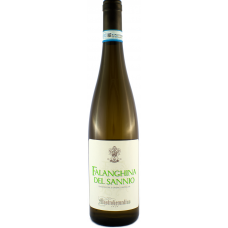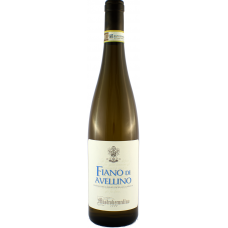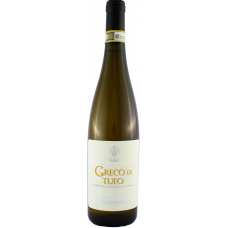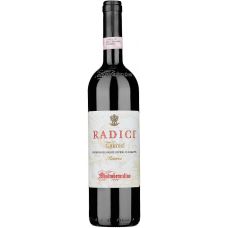The name Campania is said by some to have derived from the ancient tribe of Campani, the original inhabitants of the region as called by the ancient Greeks upon their colonization In fact, the islands of Ischia and Capri are said to be the first Greek colonies in Italy, followed by Naples, Herculaneum, Pompeii and Paestum Others speculate that the name stems from the Roman word for countryside, as this region became an escape for the wealthy from the toils of Roman city life, which is evidenced by the archaeological remains of many magnificent villas Many of these villas grew their own grapes, and the wines, especially Falernian wines of the northern coastal area, commanded the praise of ancient writers, such as those from Avellino, Vesuvius, Ischia, Capri.
Much later, Pope Paul III’s court was still raving about Campanian wines, more than those of any other Italian region Such praise is still bestowed today Campania holds many delightful attractions for visitors, as the region is a showcase of history, art, music, mouthwatering cuisine, beautiful coastlines and seaside resorts However, the coastal glamour does not reflect the more poverty-stricken interior, which has been severely damaged by earthquakes.
For several years Campania’s viniculture remained in decline as growers left the region and DOC laws remained largely ignored Despite these struggles, stories of success include the red Taurasi which, due to its depth and ability to age, is often called the “Barolo of the south,” and two of Italy’s most distinguished white appellations, Fiano di Avellino and Greco di Tufo, are found just east of Naples Less fortunate DOCs, such as island appellations Capri and Ischia, have all but disappeared under the crush of tourism.
- 750ml
- 750ml
- 750ml
- 750ml




